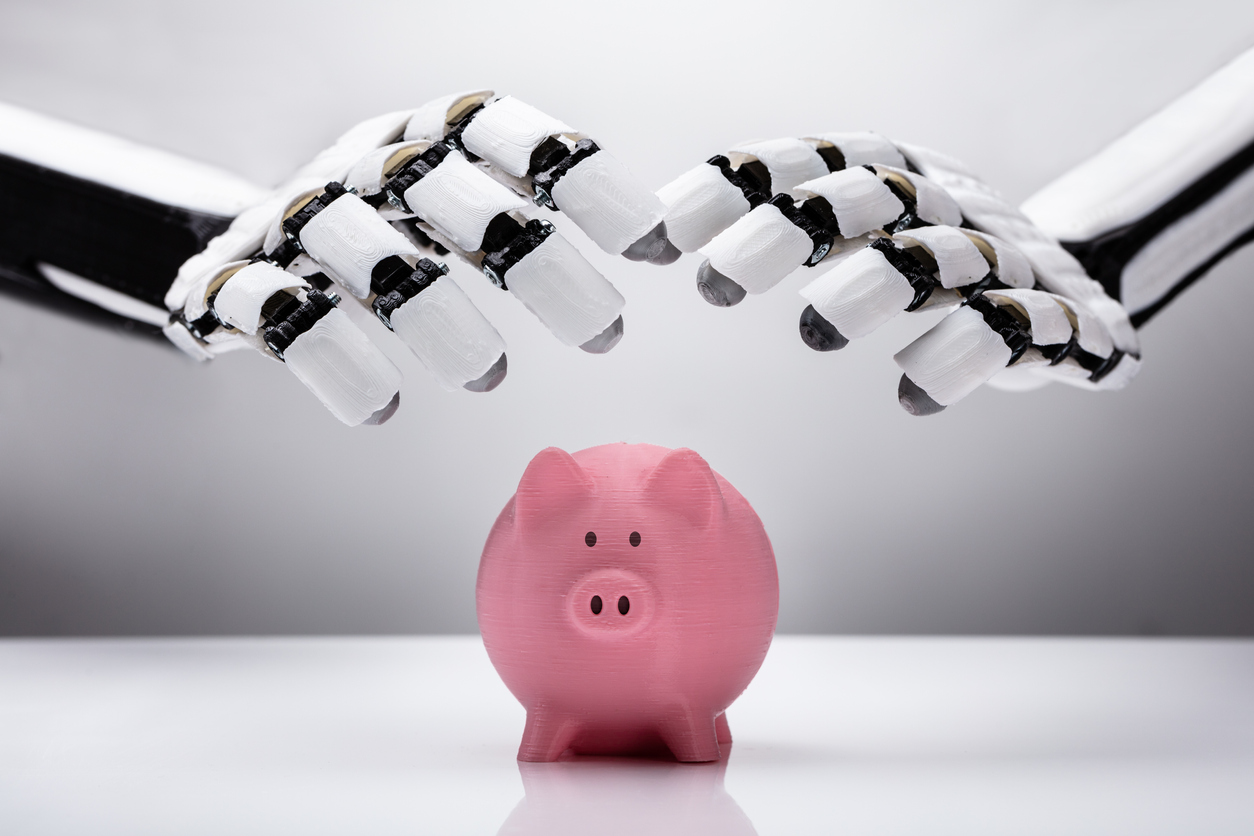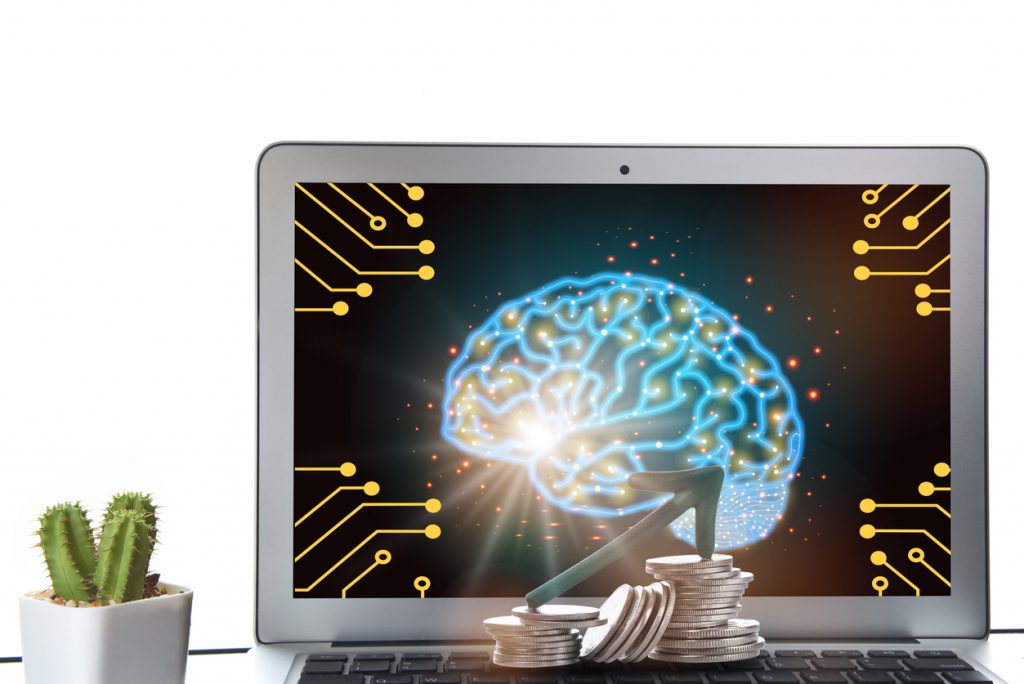Even before its digitization, the banking sector was a competitive industry. However, digitization has created space for new, non-traditional players to enter the banking industry, making the sector more competitive than ever. Heard of financial technology (Fintech)? If you haven’t, then you’ve missed out on the revolutionary impact technology has had on the world of business and finance.
Financial technology (Fintech) companies are to banks, what ride-hailing services such as Uber are to taxis. Fintech companies are not the only challenge facing the banking industry. Economic fluctuations, data accessibility, emerging data trends are also causing a drastic shift in the behavior of the banking customers, which includes the customers of banks and financial institutions.
While the increased digitization of the industry challenges how banks operate, it also offers an opportunity for banks in the future. Forward-thinking banks can meet customer demands and offer dynamic customer experiences by providing banking services across various channels and where the customer wants them to be provided. Put simply, the new consumption patterns of the banking customers should dictate how banks deliver their services. Ensuring this is important to gain a competitive advantage in an ever-changing and highly competitive banking sector.
Disruptive technology such as artificial intelligence (AI) can accelerate the digital transformation of banks to help keep up with the changing consumption patterns of the banking customers. If you believe Goldman Sachs, then Artificial Intelligence (AI) is going to take over the financial sector. According to the investment bank and financial services company, AI will contribute to savings of up to $43 billion by the year 2025.
These potential savings and the $1 trillion opportunity that Artificial Intelligence (AI) presents to the banking industry is causing many banks in the U.S and abroad to invest heavily in Artificial Intelligence(AI) and Machine Learning (ML). What is the $1 trillion opportunity that Artificial Intelligence (AI) presents to the banking industry? Let’s find out.
What is the $1 Trillion Opportunity That Artificial Intelligence (AI) Presents to the Banking Industry?
Financial research firm Autonomous says that there an estimated 22 billion smart computing devices in the world, almost three times more than the number of people on the planet. Autonomous also predicts that the number of smart devices will continue to increase, and venture capital firms will invest $10 billion each year into companies focusing on Artificial Intelligence (AI) and digitally-connected devices.
So, where is the $1 trillion opportunity that AI presents to the banking industry in this? It is the projected cost savings that AI will enable for financial institutions. In its 84-page report, Autonomous estimates that AI will enable costs savings of 22% for traditional banks and financial institutions by the year 2030. Following is a breakdown of these cost savings:
$490 Billion Savings in Front Office—Half of these savings will come from reduction in the scale of cashiers, tellers, security, retail branch network, and other front office staff
$350 Billion Savings in Middle Office—Most of these savings will come from AI use in KYC/AML, compliance, and other forms of data processing
$200 Billion Savings in Back Office—A significant percentage of these savings will come from AI use in underwriting and collection systems.
The above numbers are reflected in the forecast of other analysts as well. For instance, Bain & Company estimates savings from AI to be around 1.1 trillion, while the global management consulting and professional services firm Accenture estimates these savings at $1.2 trillion by 2035.
How AI is Improving Banking Operations
The aforementioned- $1 trillion opportunity for the banking industry comes from the improvements in banking operations brought by Artificial Intelligence (AI). With this realization, forward-thinking banks are already using AI tools to improve operations and overcome traditional customer service challenges. AI technologies are improving the relationships between banks and their customers by revolutionizing the banking sector and they are doing this by enabling the following improvements in banking operations.
1. Sidestepping Banking Hours
Most traditional banks and financial institutions are closed when you need them the most i.e. on weekends and public holidays. The good news is that AI is changing this with chatbots, or conversational assistants that are available to customers 24/7. Customer can engage with these bots or assistants at any time of the day or week for matters pertaining to bank transactions, bank services, and other tasks that don’t necessitate the intervention of a human.
An example of AI assistants/bots in the banking sector is Erica—the AI assistant of Bank of America that can help customers with bank transactions. BOA has achieved significant return of investment (ROI) from the AI assistant.
2. Aiding Regulatory Compliance
One of the highly regulated sectors in most countries, the banking industry requires banks and other players in the sector to comply with a range of regulatory requirements, including knowing the customer (KYC), upholding customer privacy, preventing money laundering, and more. There is significant cost attached to compliance with these regulatory requirements. The good news is that always-on AI assistants are now available to banks that want to keep an eye on customer behaviors, monitor transactions, and audit information for different regulatory and compliance systems.
3. Improving Decision-Making for Loans and Credits
Another application of AI in the banking sector is decision-making for loans and credit. With AI-based systems, banks can make informed and more profitable decisions about loans and credits. Traditional banks determine the creditworthiness of an individual or company by looking at their credit scores, banking transactions, customer references, and credit history. This is a less than perfect way of determining creditworthiness and many people will attest to this as credit reporting systems are often riddled with errors, and they misclassify creditors.
AI-based loan decision systems, on the other hand, use the available data to evaluate behaviors and patterns to determine if a customer is likely to default or if despite their limited credit history, an individual or company can make a good credit customer. However, just like their human counterparts, AI-based systems can suffer from bias when making decisions for loan and credit and this is because of how AI models are trained.
4. Reducing Banking Operating Costs and Risks
Despite the banking industry being largely digitized, the banking industry is riddled with human-based processes. As such, there is great potential for human error, which poses significant operational costs and risks to banks. The good news is that the use of AI in these banking processes can eliminate the potential for human error and the time spent correcting it. Thanks to AI, banks no longer need human to enter customer data from contracts, forms, and other sources.
5. Intelligent Assistance for Investing
Some banks are using AI-based smart systems to support their investment banking research and improve decision-making about investments. Example of this is ING—Dutch multinational banking and financial services corporation and UBS—a Swiss multinational investment bank and financial services company, that are using AI systems to look in markets for untapped investment opportunities.
Final Word
At Achievion, we can build AI software and apps powered by neural networks technology to help banks and financial institutions to simplify daily routines, personalize user experience and reimagine their processes.









